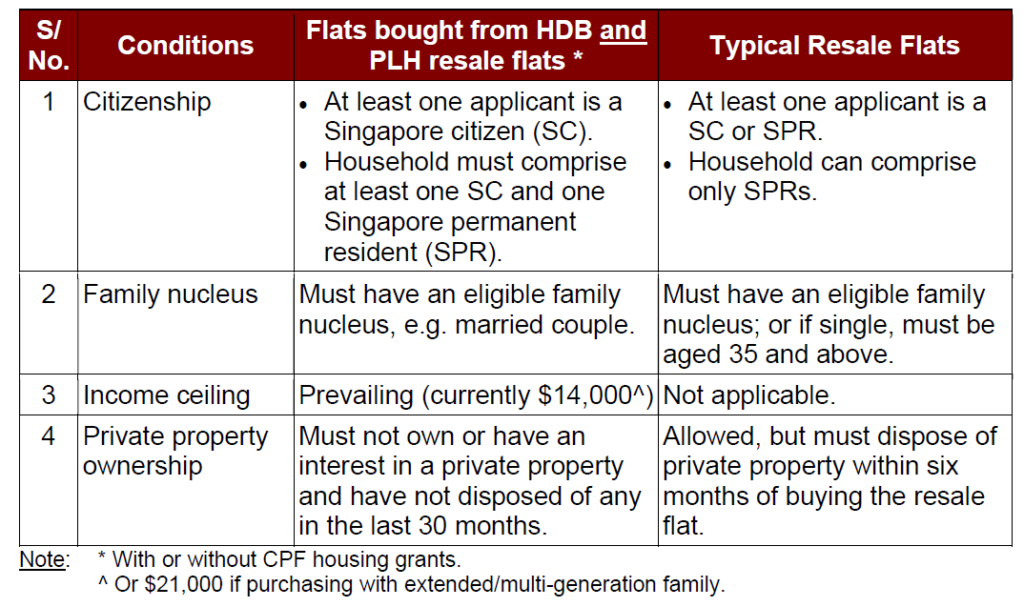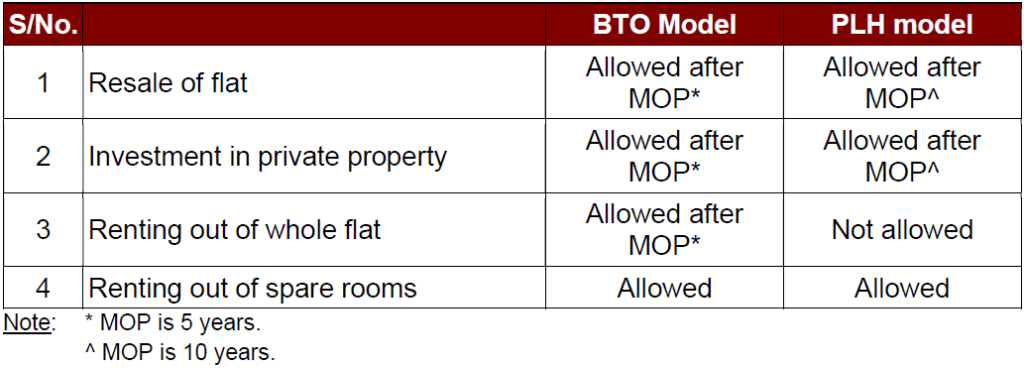Singapore: The Ministry of National Development (MND) and the Housing and Development Board (HDB) on Wednesday (October 27) announced the details of a new housing model that will build public housing in the center of a prime location.
Under the new housing model, build-to-order (BTO) apartments-prime location public housing (PLH)-will be built in areas such as the city center and the Great Southern Waterfront.
Before buying a BTO apartment in these places, you need to know the following:
Q: Who is eligible to buy BTO apartments in prime locations?
The qualifications for buying BTO units in prime locations from the HDB will be the same as the current conditions for BTO units.
However, the priority allocation quota for the Married Children Priority Plan will be reduced. Currently, the program provides up to 30% of BTO units for those who wish to live with parents or children in the area or live nearby.
MND and the Housing and Development Board said in a press release that the reduced quota makes public housing in these areas more inclusive and provides more opportunities for Singaporeans whose family members do not live near the area to also live in these communities.
Looking ahead, the quota of the PLH project will be adjusted according to its location.

Q: How does the extra subsidy work?
Since apartments in these prime locations “naturally gain a higher market value”, in addition to the subsidies currently provided for all BTO apartments, the pricing of these units will also receive additional subsidies.
However, future owners of such apartments will pay HDB a certain percentage of the resale price of the units, so that the authorities can “fairly recover the scope of the additional subsidies originally given.”
“The subsidy recovery rate will reflect the level of additional subsidies provided at the time of launch, and the same rate will be applied regardless of when the apartment is resold in the future,” MND said in response to CNA’s inquiry.
More details, including the subsidy recovery percentage, will be announced during the BTO exercise in November.
Q: Can I sell my apartment? when?
Future owners of BTO condominiums in prime locations must fulfill a 10-year minimum occupancy period (MOP) before they can sell their condominiums on the open market or purchase private residential properties.
This 10-year MOP is twice that of a typical BTO project.
They can also only be sold to resale buyers who meet the current BTO eligibility criteria (such as income ceiling).
MND stated: “Sellers who are trying to set prices for subsidized recovery based on sales prices, hoping to get the most benefit, may find that their potential buyer base is smaller.”
The ministry added that sellers need to have “realistic expectations” when determining the price of an apartment.
Those buying resale apartments also need to consider the impact of additional ownership conditions, such as extended MOP and rent restrictions.
Q: Can I rent out my apartment?
Those who buy such units in prime locations are not allowed to rent out the entire unit even after MOP.
They will only be allowed to rent out spare bedrooms.
These conditions will apply to those who purchased the unit from HDB, as well as all subsequent buyers in the resale market.

Q: Where will these apartments be built?
The PLH model will apply to “selected” public housing projects located in prime locations and central locations, such as the city center and surrounding areas, including the Great Southern Waterfront.
The first project launched in this mode will be held in Rochor next month.
Located along Kelantan Road and Welding Road, it will provide 960 three- and four-bedroom units and 40 two-bedroom rental units in the same block.
“In order to maintain the inclusiveness and diversity of our public housing, we will build public rental apartments where feasible as part of PLH,” MND said.
It added that the exact arrangement will vary from project to project.
There are plans to launch at least one PLH project every year, but the specific number and proportion of the total supply of new apartments may vary from year to year due to factors such as site availability.

Q: Have you discussed the PLH model with other owners?
The PLH model was launched after 10 months of public participation from November 2020 to September 2021.
MND and HDB stated that more than 7,500 Singaporeans, including first-time home buyers, existing homeowners, industry experts and academics, shared their views on the new model.
MND and HDB stated: “Across a wide range of perspectives and perspectives, Singaporeans recognize that each measure has its advantages and trade-offs and requires a balanced approach.”
“Most Singaporeans say that it is fair for the government to introduce new policy conditions.”






